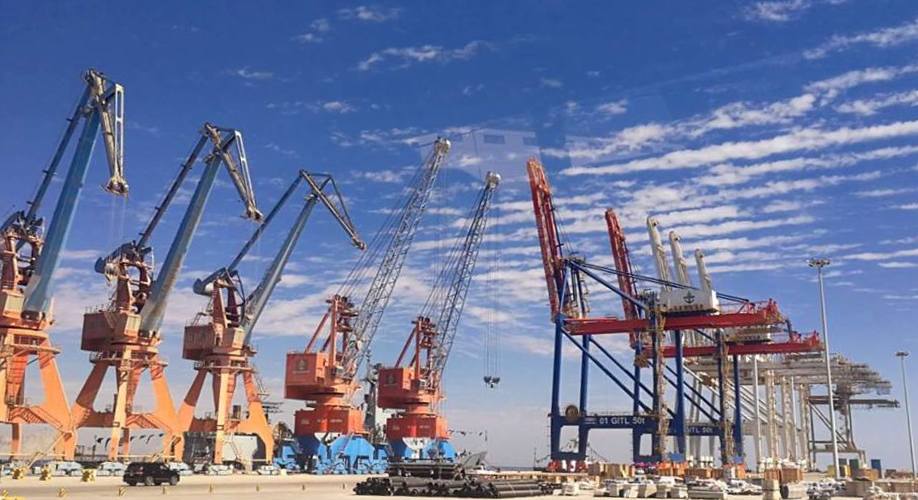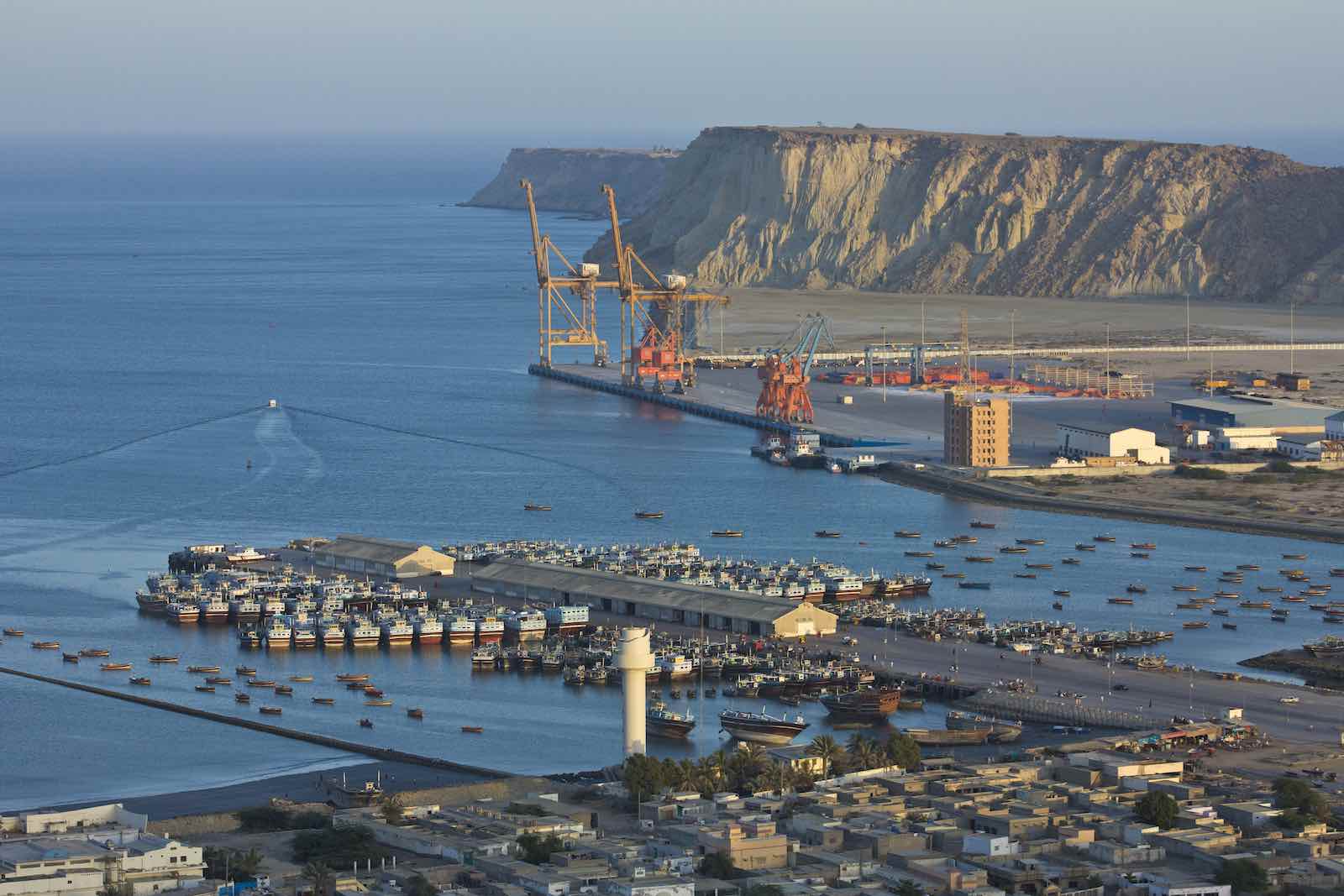In December 2020, the 5th Meeting of the Joint Working Group on Gwadar, which includes representatives of multiple Ministries from Pakistan and their counterparts in the Chinese Government, reviewed the progress of up-gradation of Gwadar and showed satisfaction over the pace of projects. Gwadar, even though challenges still remain, remains a point of mighty potential of Pakistan. The Imran Khan government is finally playing its cards right. Gwadar and CPEC are being processed unhindered by political and social ups and downs. The internal as well as external conditions are conducive for Gwadar and the focus should now be on keeping all parties involved in harmony and keeping an eye on the ball.
Gwadar has a checkered history. Initially, Gwadar was a part of Oman, Pakistan acquired it in 1958. From the start Gwadar’s potential was identified for being an excellent site for a deep-sea port. Many decades passed, Gwadar could not be instigated as it should have been. In the late 1990s, surveys and reports were completed in joint co-operation with China. Gwadar development projects kicked off around 2005 and after the announcement of CPEC, Gwadar became the focal point for China and Pakistan. In time, this focus shifted from just two countries to the whole region.
Gwadar sits overlooking the oil rich nations of the Middle East. On the land side, it can form linkages with the Central Asian states. China can revive the old silk route with Gwadar being a part of both land linkage and maritime access. CPEC and the One Belt One Road (OBOR) are now in full swing and Gwadar is at the heart of both. The private sector has been convinced of its importance and potential and the Real Estate market is booming, and multiple housing projects are being installed. Gwadar Green Palms is one of those key projects that is making Gwadar livable for Pakistanis from all corners.
Gwadar was being developed considering that Chabahar port of Iran would attempt to overshadow its progress as a rival. Scholars and geo-political experts were of the view that Iran would make all efforts to revive its economy through their own deep-sea port and sabotage Gwadar for its own gains. All those rumors have now been put to sleep. China took the upper hand and by offering a larger stimulus package for Iran and Chabahar and now Gwadar and Chabahar ports are not being developed as regional rival port cities but as twin cities. It is a cementing act that combines the progress and development of Pakistan and Iran. Furthermore, Balochistan and Gwadar are now set to be a focal area with respect to the Pak-Iran Gas Pipeline which will further address the energy needs of the country in future and earn due revenue for neighbor Iranians. Hit by American and UN sanctions, China and Pakistan projects in Gwadar and Balochistan are a sigh of relief and hope for economic revival in Iran.
The co-operation between Pakistan and China in Gwadar is now beyond technical and infrastructure. The ties are now more social and emotional than before. The Chinese development sector firms are making state of the art hospitals, schools, and housing and telecommunication networks. It is a massive uplift of the whole city. Motorways are linking Gwadar to all important cities while train lines are making travelling back and forth from Gwadar much more accessible. The desalination plants are attracting investors to seek water distribution networks. Salt is more abundant which can be supplied to near cities.
The special economic zones are a safe haven for new manufacturing facilities. Major businesses and investors are taking keen interest in tax free incentives being offered. The export sector is taking hold in Gwadar and garments and food exporters are considering making Gwadar their supply chain end point. There is a mushroom growth in private projects and their completion is being monitored by the CPEC authority being an independent arm of the Government of Pakistan. The establishment of an independent authority addresses the concerns of the Chinese Government, implementation on CPEC and Gwadar uplift must not be affected by political events. In the same spirit, the head of CPEC authority is a retired officer of the Pakistan Army.

In all these achievements and milestones, one must not lose sight of the larger picture. In this massive overhaul of facilities in Gwadar, the local Baloch population must not be excluded. There still remains a deep sense of loss, betrayal and manipulation among certain sections of population of Balochistan. Gwadar needs to involve the indigenous people. International experts have developed a consensus on the fact that only sustainable development is true development and true development is not possible without the inclusion of the common man. This is the greatest challenge for the Government of Pakistan and Gwadar. Security personnel have been deployed at every facility in Gwadar. There are clear risks of violence and extremism and income inequality is at its worst in the underdeveloped regions of Baluchistan. The Government of Pakistan and PM Imran Khan must come up with an out of the box solution to share benefits of Gwadar and its potential with the people of Balochistan. There is a delicate balance which exists between security concerns and inclusion of the most disadvantaged section of the society, in and around Gwadar. Conception of Gwadar as Dubai and Singapore of tomorrow will not come from construction of high-rise buildings, lofty offices and busy factories but by putting a sense of satisfaction among the people of Balochistan. Gwadar, before it becomes the jewel of Asia, must become a beacon of hope, success and happiness for Baloch people.
In the past, Gwadar was largely a subject of political rifts and deadlocks delayed the initiation of much needed projects. During the Musharraf regime, Gwadar actually became the root of conflict instead of becoming an icon of progress. The present Government is doing a commendable job at the co-ordination, construction, security and development side of Gwadar but the implementation of all this progress must be translated to the most down trodden sections of people in Gwadar. In this context, the SME sector should be readily encouraged. Technical training programmes must be launched on an emergency basis. The unskilled labour should be transformed into semi-skilled and fully able labour which can take up jobs in complex industrial units involving production of end-use products. Affordable housing and subsistence allowance with job offers from the public sector are another lagging area. Gwadar can only thrive when its local population begins to take active part in its flourishing future. The world is watching, countries like China, Iran, Middle Eastern States, Central Asian States and many others are interested but it rests upon the people of Pakistan and the Governance machinery to ensure that the hopes and fears of the Baloch are duly addressed. The revival of the people will come before the greatness of Gwadar. We can simply imagine a Dubai-like Gwadar and work our way backwards, the future is full of potential but it cannot be achieved without a remarkable present for the people living in and around Gwadar. In fulfilling the wishes of foreign states and Pakistanis from large cities, it must be noted that the future of Gwadar lies in an egalitarian win-win situation especially for the people of Baluchistan.




